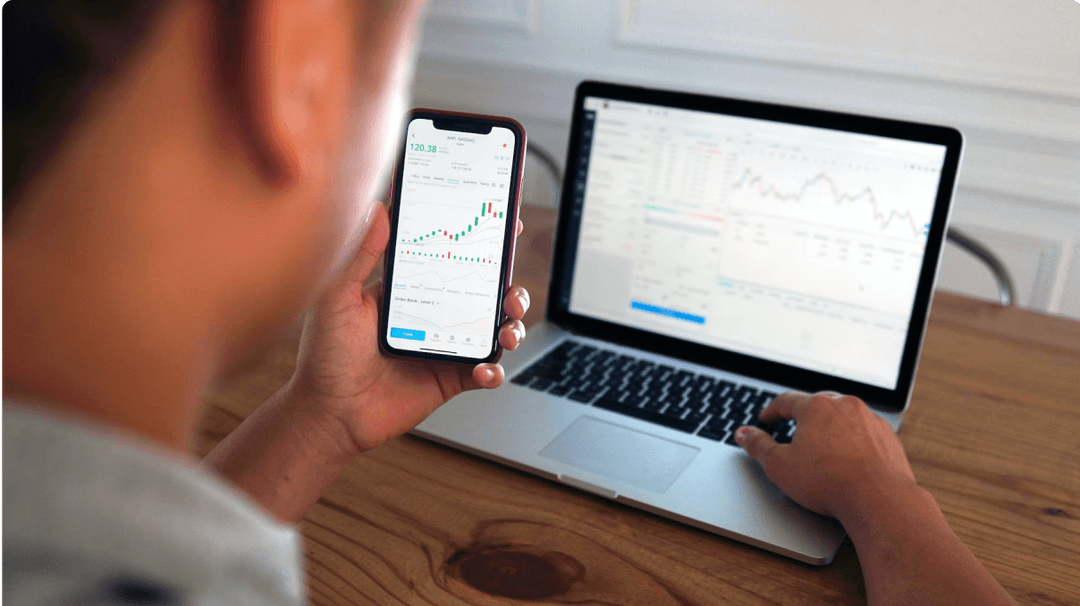What’s the Smart Thing to do with my Unicorn Options?
Managing risk and finding liquidity (while minimizing taxes)
The problem with unicorn concentration and illiquidity
When you have shares or options in a private growth company worth a billion dollars or more, a “unicorn,” you’re one of the lucky few with a wealth creation opportunity that can potentially change your life. At the same time, everyone knows unicorns can decline in value even faster than they grew into their billion-dollar valuations. This is a particularly scary problem if your options or shares represent the bulk of your net worth. This kind of risk has a name: concentration risk (i.e., all/most of your eggs in one basket). Many employees and investors have unfortunately seen their paper wealth evaporate overnight as the price of their shares plummets due to a company specific problem or market crash. It’s not obvious to most people though what they can be doing to manage this risk.
The other challenge many unicorn holders have is an inability to turn private company stock into cash. The cash might be needed to make other investments, to start a new business or for something like the purchase of a new home. The good news is that the private market has come a long way over the last few years. There are now marketplaces that will broker your shares for you or your company might offer to buy your shares in a tender offer.
The bad news, however, is that, depending on your circumstances, stock sales can be taxed at very high rates and marketplaces can charge very high fees – as a result, you might keep less than 50% of the sale proceeds after paying taxes and brokerage fees. Stock sales can also take months of your time working with a broker to find a buyer and negotiate price and transaction agreements. Tender offers, on the other hand, don’t typically charge fees and terms are standardized, but they typically only happen once a year. If you miss it, you’ll be waiting while illiquid and at risk until the next one (and there’s no guarantee there will be a next one).
What to do about concentration risk and illiquidity?
Fortunately, there are two things you can do today to manage your risk and get liquid. First, understand that perhaps the best way to address concentration risk is through diversification. Diversification refers to taking a single asset, like your unicorn stock, and trading it for a basket of many stocks or other assets. If any one company (or asset) in the basket melts down in value, it’s manageable, because that one company represents only a small percentage of the basket’s value. The wrinkle here, of course, is how to diversify out of your unicorn shares given that they’re illiquid – we’ll come back to that problem shortly.
Second, to get liquid, consider alternatives to a stock sale. There are several such alternatives for the stock of a public company (i.e., companies that have had an IPO and are listed on national exchanges like Nasdaq or the NYSE). Unfortunately, for a variety of reasons, these solutions aren’t generally available for private company shares. Increasingly, an exception to this though are loans secured by your stock. These are a little bit like home mortgages: you borrow money and the lender uses your shares for collateral. The problem with these loans though is that they typically will only lend you a small fraction of the value of your shares and interest rates and stock and other fees can be astronomically high.
The Collective Liquidity solution
At Collective Liquidity, we can help you solve for both concentration risk and illiquidity quickly and easily. How do we do that? First, to address over concentration, we created the Collective Exchange Fund, a diversified basket of leading unicorns. If you hold shares in any of the companies in our target portfolio, you can exchange them tax free for a partnership interest in the fund of equal value. This allows you to trade the risk of a single unicorn stock for the lower risk of a basket of unicorn stocks. The tax-free nature of the exchange is a huge advantage because it gives you a dollar’s worth of diversification for every dollar’s worth of shares you exchange. By comparison, selling your shares for cash and diversifying by buying other assets might net you less than fifty cents worth of diversification for a dollar’s worth of your shares.
To get you liquid today, Collective provides access to Exchange Loans. Exchange loans are secured by your partnership interest in the Exchange Fund. You can borrow up to 60% of the value of your partnership interest with just a simple online application. The loans are tax-free so you keep all of the proceeds. They are also non-recourse to you which means that, no matter what happens to the value of your interest in the Exchange Fund, you always get to keep the loan proceeds. You never have to come out of pocket to repay the loan. When the time is right for you, you just redeem your partnership interest for cash and use the proceeds to pay off the loan, keeping whatever is leftover – which, depending on how the fund does and how long you wait, can be a lot.
Let's look at a quick example. Let’s say you hold $100,000 worth of shares in one of the unicorn companies in the Collective Exchange Fund. First you contribute the shares into the fund in exchange for a $100,000 limited partnership interest in the fund. Then, whenever you need liquidity, you borrow 60% of the value of your LP interest, in this example, $60,000, using your LP interest as collateral. No taxes are triggered by either your exchange into the fund or the loan.
Compare that $60,000 in after-tax proceeds from an Exchange Loan to the after-tax cash you’d expect from a stock sale. Depending on how long you held your shares and your state’s tax rate, you could pay up to 46% of the sale proceeds in taxes. Plus, you will probably be charged another 5% in brokerage fees. So, you might end up with just ~$49,000 in after-tax cash from a stock sale. And, again, note that with an Exchange Loan, in addition to the initial loan proceeds, you continue to own your partnership interest as it appreciates in value over time.
Estimate your available cash
If you’d like to learn more and see how much cash an Exchange Loan might generate for you, visit collectiveliquidity.com. Input a handful of data points about your shares or options and immediately see an estimate of your loan amount. The Estimator also compares your loan amount to the after-tax proceeds you might expect from a stock sale.


